
Julia M. Cameron, Summer Days
The carte-de-visite (abbreviated cdv or c-d-v) was a type of small photograph mounted on card often with the photographer's printed studio information. The wealthy amateurs Count Olympe Aguado and Edouard Delessert produced small photographs that they used as calling cards.
An 1854 article stated: "An original idea gave M. Edouard Delessert and Count Aguado the opportunity to make some delicious small portraits. Until now, calling cards have carried the name, address, and sometimes titles of the people they represented. Why not replace the name with a portrait?" [Quoted in McCauley, "A.A. E. Disderi and the Carte de Visite Portrait Photograph."]
The photographer André Adolphe-Eugene Disderi realized the commercial possibilities of this format, patented it in 1854 and made it the mainstay of his Paris studio output. Claims that it was first used by Louis Dodero still persist.
The carte-de-visite was usually made of an albumen photograph mounted on a thicker paper card. The size of a typical carte-de-visite is 54 mm (2.125 in) × 89 mm (3.5 in) mounted on a card sized 64 mm (2.5 in) × 100 mm (4 in).
In 1854, Disdéri also patented a method of taking eight separate negatives on a single plate, which reduced production costs.
The carte-de-visite was slow to gain widespread use until about 1859, when Disdéri published photos of Emperor Napoleon III in this format.
Such photograph cards then became enormously popular and were traded among friends and visitors. The immense popularity of these card photographs led to the publication and collection of photographs of prominent persons, such as the Emperor and other political, theatrical and artist personalities. It was even used artistically by photographers such as Julia M. Cameron. The collecting frenzy first spread throughout Europe and then quickly to America. Albums for the collection and display of cards became a common fixture in Victorian parlors.
By the early 1870s, cartes de visite were supplanted by "cabinet cards," which were also usually albumen prints, but larger, mounted on cardboard backs usually measuring 110 mm (4.5 in) by 170 mm (6.5 in).
Exhibited and Sold By
Contemporary Works / Vintage Works, Ltd.
258 Inverness Circle
Chalfont, Pennsylvania 18914 USA
Contact Alex Novak and Marthe Smith
Email info@vintageworks.net
Phone +1-215-518-6962
Call for an Appointment


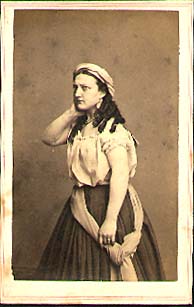
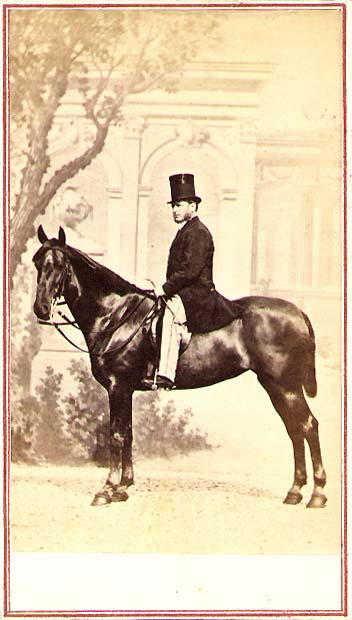

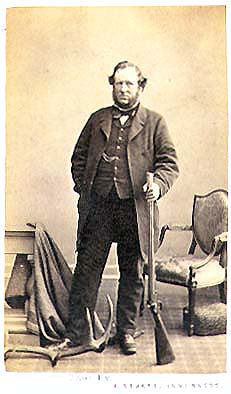
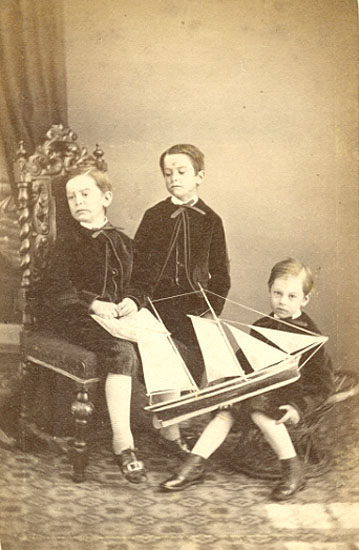

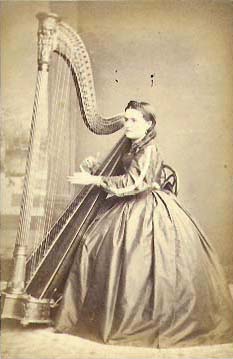

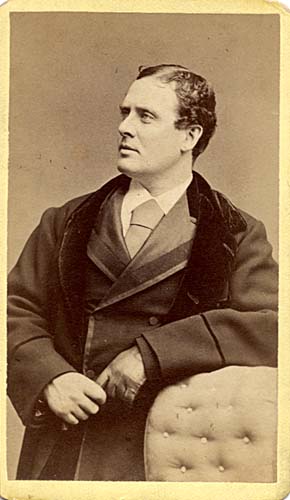
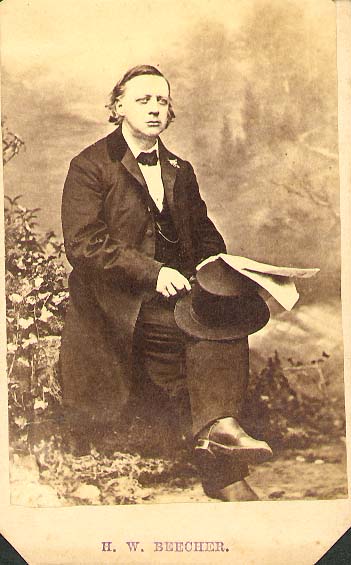


Share This